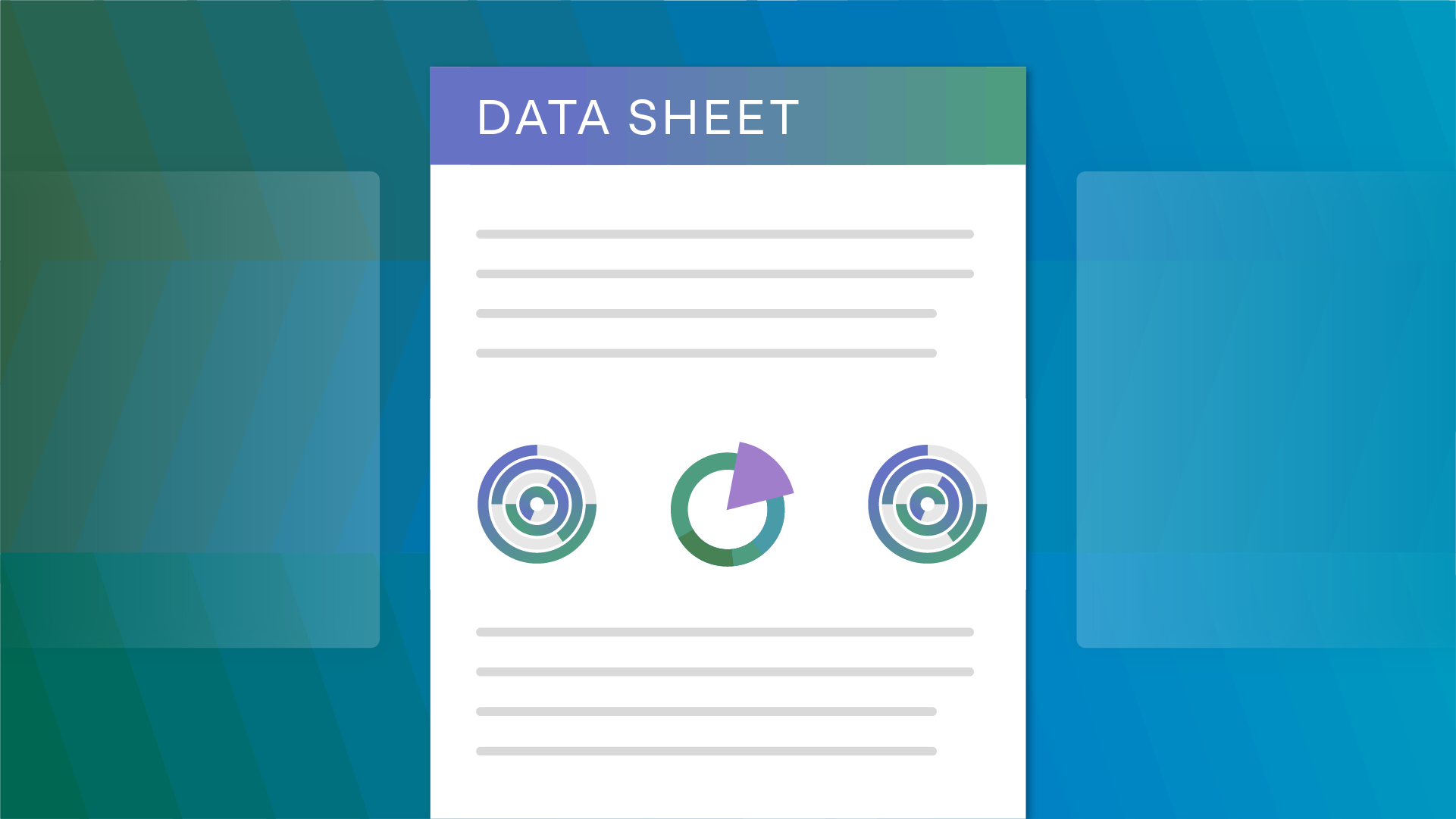Data is the key to your business. There is value in individual data points, trends, clusters. We’ve historically used data to help us understand the past and forecast the future, and now we’ve reached the point where we’re applying new AI and ML-models to not only forecast the future, but to create it. And data, once again, is the bedrock of this new reality.
To ensure we all respect our customers’ and employees’ data and use it responsibly, OneTrust is making the data governance lifecycle easier.
The foundation to your data program is set by first understanding the data you already have. To do that, we’ve made it easy to connect to virtually any data store to discover and classify your existing data. We have recently updated our connector catalog to discover data in more than 200 systems, and for custom-built or bespoke systems, the connections are endless with our new Connector SDK.
We’re also pleased to announce a deep integration with Microsoft that allows for simple, two-click deployment of data discovery infrastructure in Microsoft Azure. This makes data discovery and classification even easier in the Microsoft ecosystem, including OneDrive, SharePoint, Teams, Outlook, and more.
Data-driven decisions
Once you know what data you have, data classification drives everything else in your governance program. Data discovery intelligently scans structured, unstructured, and semi-structured data, automatically identifying the data you have and bringing critical business and regulatory context to the data to help understand risks and governance requirements. OneTrust has built a new classification engine with greater classification accuracy that reduces manual intervention and provides more context than ever.
Data classification is enhanced with out-of-the-box classifiers that identify the regulatory scope of personal and sensitive personal data across new US state regulations, including California’s CPRA, Virginia’s CDPA, Colorado’s CPA, Connecticut’s CTDPA, and Utah’s UCPA.
Beyond classifying data based on elements found inside a file, Data Discovery analyzes the full context of unstructured files to automatically identify the document type, such as resumes, financial statements, medical charts, and more, helping businesses intelligently enforce retention and other protection policies.
But discovery and classification of data is just the first step. Organizations also need to understand and control who has access to that data. With new access to governance capabilities, OneTrust allows you to go beyond role-based access control and apply policies to data that look at purpose-based access control—why someone is accessing the data. This provides a richer audit trail around data use and ensures that data is used only for purposes for which you have consent.
Automation creates intelligent workflows
OneTrust data discovery also automates processes to act on issues that are found, like sensitive data that lives in insecure places, access that is too broad for consent, or files that are being kept for longer than needed for compliance. Data discovery integrates with existing processes, ticketing systems, and security tools to resolve data issues easily and automatically. Workflows to remove over-privileged access to a file, or deleting resumé files after a standard amount of time can be automated and logged for auditing.
“Automated, intelligent data discovery and classification must be the first step on any organization’s journey to responsible data use and governance,” said Blake Brannon, Chief Product and Strategy Officer at OneTrust. “Knowing what data you have, the consent that was given, how that data is used, and how it’s secured honors the trust your customers and clients have given you. With privacy in our DNA, OneTrust is the only platform that can help you understand the regulatory implications of your data through these new AI-powered discovery and classification capabilities coupled with the world’s largest regulatory research data set.”
What does it mean to de-risk data, and how do we gain visibility and classification? Join this webinar to learn more.














